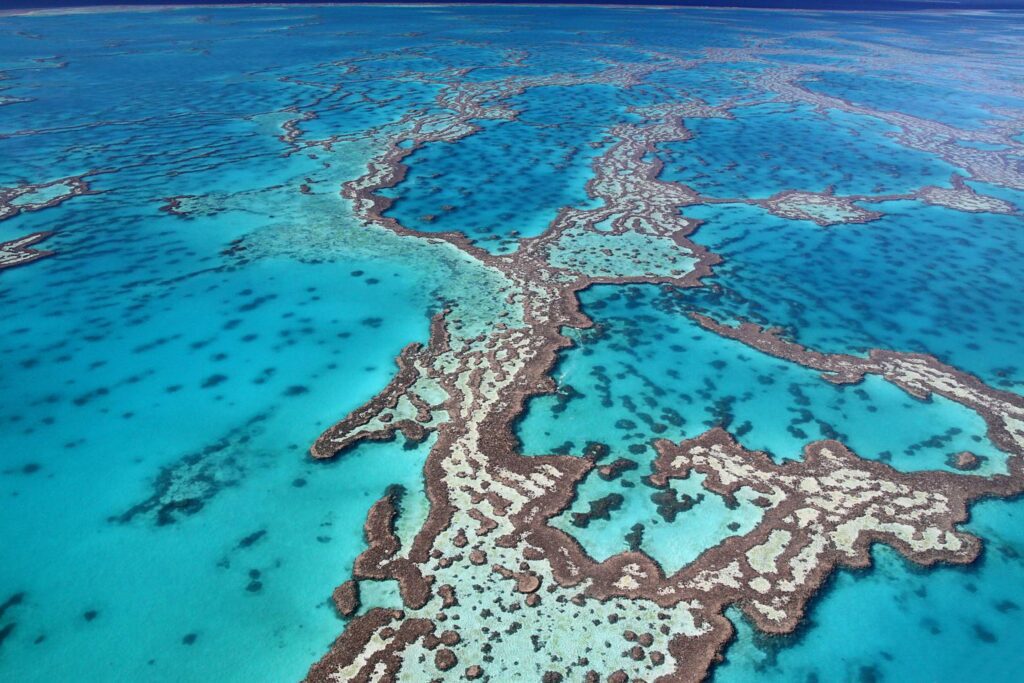
Connectivity Across the Great Barrier Reef
The world’s largest coral reef system, the Great Barrier reef, is an extremely biodiverse habitat. The corals that comprise the reef are the backbone of the ecosystem that many marine animals depend on. Ocean currents drive the population dynamics of corral and the entire reef system. Connection of fishing zones to no-take zones and connection between inshore and offshore habitats along with zones of high larvae dispersal would be the most effective way to conserve the delicate reef habitat. Without data on larvae dispersal, it was critical to determine the best spots for connectivity. The Great Barrier Reef Marine Park (GBRMP) was substantially rezoned and expanded in 2003, based on systematic planning principles. Eleven biophysical operating principles (BOPs) were devised to protect representative examples of each of the GBR’s 70 bioregions. The maintenance of connectivity was also an explicit goal of the marine park – both the total size of the no-take marine reserves and their individual locations were considered.

